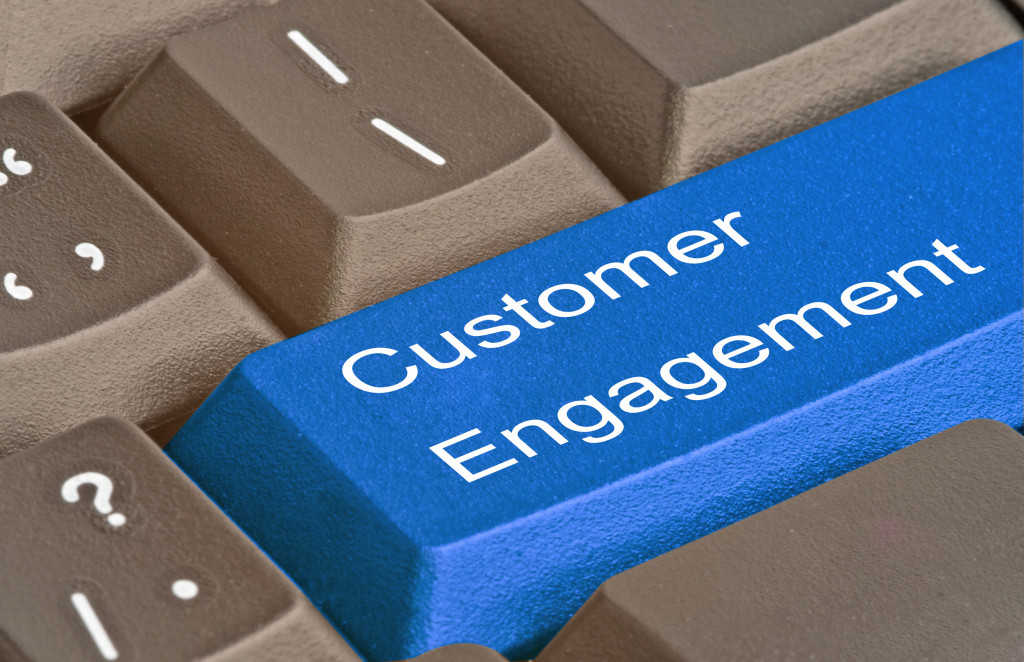In today’s market, technology is king. Businesses that can leverage technology to their advantage are usually the ones that come out on top. When it comes to customer engagement, technology can be a powerful tool.
Technology can help with customer engagement in many ways. First, it can make it easier for customers to interact with your business. Through digital platforms, customers can communicate with your company quickly and easily. Technology can also help you track customer engagement metrics, so you can see what is and isn’t working. This data can then be used to improve your customer engagement strategies. By using technology to its full potential, businesses can greatly improve their customer engagement rates.
There are several ways businesses can use technology to improve customer engagement. Here are three of the most effective:
Build Your Own Online Community
One of the best ways to improve customer engagement is to build an online community. This gives customers a place to connect with each other and with your brand. They can share their experiences and give feedback, which can help you improve your products and services. Additionally, a digital community provides a valuable resource for customers. They can go there for tips and advice or find recommendations for products and services.
Buildinga digital community takes time and effort, but it’s well worth it. The key is to create a welcoming and supportive community where members feel comfortable sharing their thoughts and experiences. You also need to provide valuable content and keep the conversation flowing. In addition, you can build an application to make it easier for customers to engage with each other and with your brand.
With the right approach, an online community can be a powerful tool for improving customer engagement.
Use Chatbots
Chatbots are a great way to provide 24/7 customer support. Customers want instant answers, according to Salesforce, and 69% of customers like chatbots because they can answer common questions and help resolve simple issues quickly. This will free up your customer service team to focus on more complex issues.
To create a chatbot, you first need to decide what kind of bot you want to create. There are three types of chatbots: simple, task-based, and complex. Simple bots are for basic interactions, such as asking questions or getting directions. Task-based bots can be used for more complex tasks, such as ordering food or booking a hotel. Complex bots are for more advanced users and can be used for things like financial planning or healthcare.
Once you’ve decided on the type of chatbot you want to create, you need to make your bot’s persona. This is your bot’s personality and will determine how customers interact with it. Be sure to choose a persona that is friendly and helpful. You also need to decide on the bot’s language and tone.
The next step is to create your bot’s dialogue. This is where you specify the questions your bot will ask and the responses it will give. You can also add images and videos to help engage customers. Be sure to keep your dialogue brief and concise, so customers don’t get overwhelmed.
The final step is to test your chatbot. Make sure it is working properly and responding correctly to customer queries. You may also want to consider A/B testing different versions of your chatbot to see which one performs better.
Chatbots are a great way to improve customer engagement and are becoming increasingly popular. Businesses can create bots perfect for their needs by using one of the many chatbot platforms available.

Provide a Personalized Experience
Personalization is a powerful marketing tool that can help you build relationships with your customers and improve conversions. According to Statista, 63% of marketers have seen customer interactions increase as a result of personalization. This shows that customers are more likely to engage with brands that provide a personalized experience.
There are many ways to provide a personalized experience for your customers. One of the most effective is by using data mining and analytics. This allows you to collect data about your customers’ preferences and behavior. You can then use this data to create targeted offers, messages, and content.
Another way to personalize the experience is by using customer relationship management (CRM) software. CRM software allows you to track all customer interactions, from purchase history to contact information. This information can be used to create targeted marketing campaigns, advise staff on how best to serve each customer, and more.
Personalized experiences are crucial for building customer loyalty and improving return on investment (ROI). By using data mining, CRM software, and other methods, businesses can create unique experiences that cater specifically to their customers’ needs.
Key Takeaways
By using technology to improve customer engagement, you can create a more personalized experience for your customers that will keep them coming back. Technology allows businesses to build online communities and chatbots that help create one-on-one interactions with customers. Additionally, through personalization, businesses can target their customers with content and products that appeal specifically to them. All these methods work together to create an engaging customer experience that will result in increased sales.

